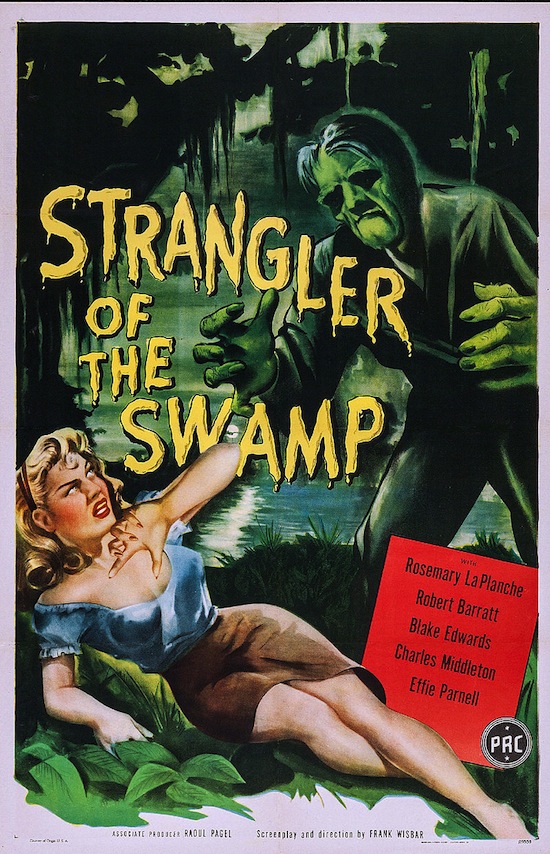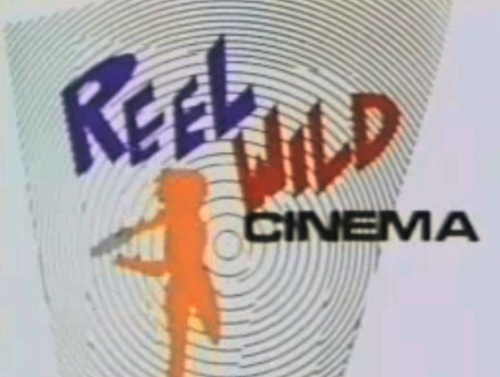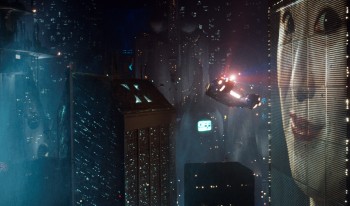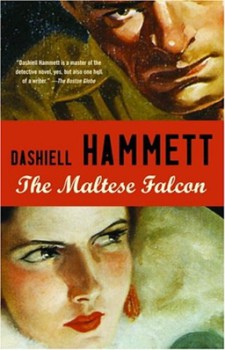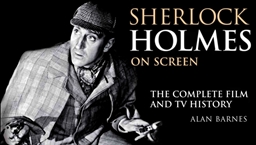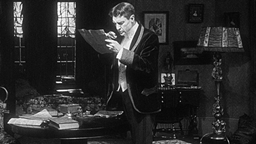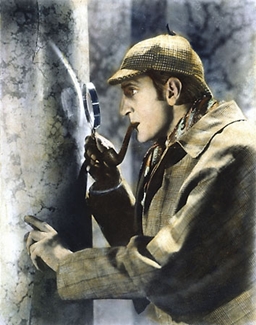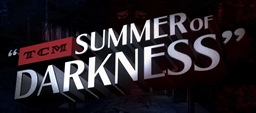The Public Life of Sherlock Holmes: Dr. Watson for Comic Relief?
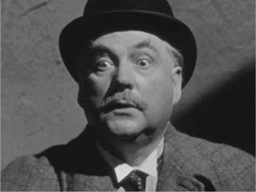 For many (especially of a certain age), the image of Doctor Watson is that of a buffoon who provides little assistance and lots of laughs. And the “credit” for that perception can be laid at the feet of Nigel Bruce. Bruce appeared in fourteen popular movies opposite Basil Rathbone’s beloved Holmes, and he also played the good doctor in well over two hundred radio plays – most with Rathbone.
For many (especially of a certain age), the image of Doctor Watson is that of a buffoon who provides little assistance and lots of laughs. And the “credit” for that perception can be laid at the feet of Nigel Bruce. Bruce appeared in fourteen popular movies opposite Basil Rathbone’s beloved Holmes, and he also played the good doctor in well over two hundred radio plays – most with Rathbone.
In the first two films, The Hound of the Baskervilles and The Adventures of Sherlock Holmes, he was a bit of a clown. But after the franchise shifted from Fox to Universal, that portrayal was understated compared to the next twelve movies he made with Rathbone. The scripts called for Bruce to play a dolt – his daughter said that the disappointed Bruce made up the term ‘Boobus Brittanicus’ to describe his un-Doyle like character.
The poem below appeared in Punch Magazine. Unfortunately, after digging through my shelves, I cannot find where I got this from (I thought that it was one of Peter Haining’s books, but that didn’t pan out). But it is from the nineteen forties, when Rathbone was the brilliant, active Holmes and Bruce provided comic relief.
I think it’s both an amusing and insightful commentary on the Bruce phenomenon:
The stately Holmes of England, how beautiful he stood
Long, long ago in Baker Street – and still in Hollywood
He keeps the ancient flair for clues, the firm incisive chin,
The deerstalker, the dressing gown, the shag, the violin.But Watson, Doctor Watson! How altered, how betrayed
The fleet of foot, the warrior once, the faster than Lestrade!
What imbecile production, what madness for the moon
Has screened my glorious Watson as well nigh a buffoon?
